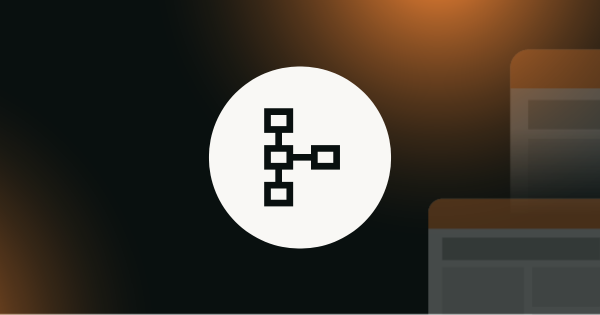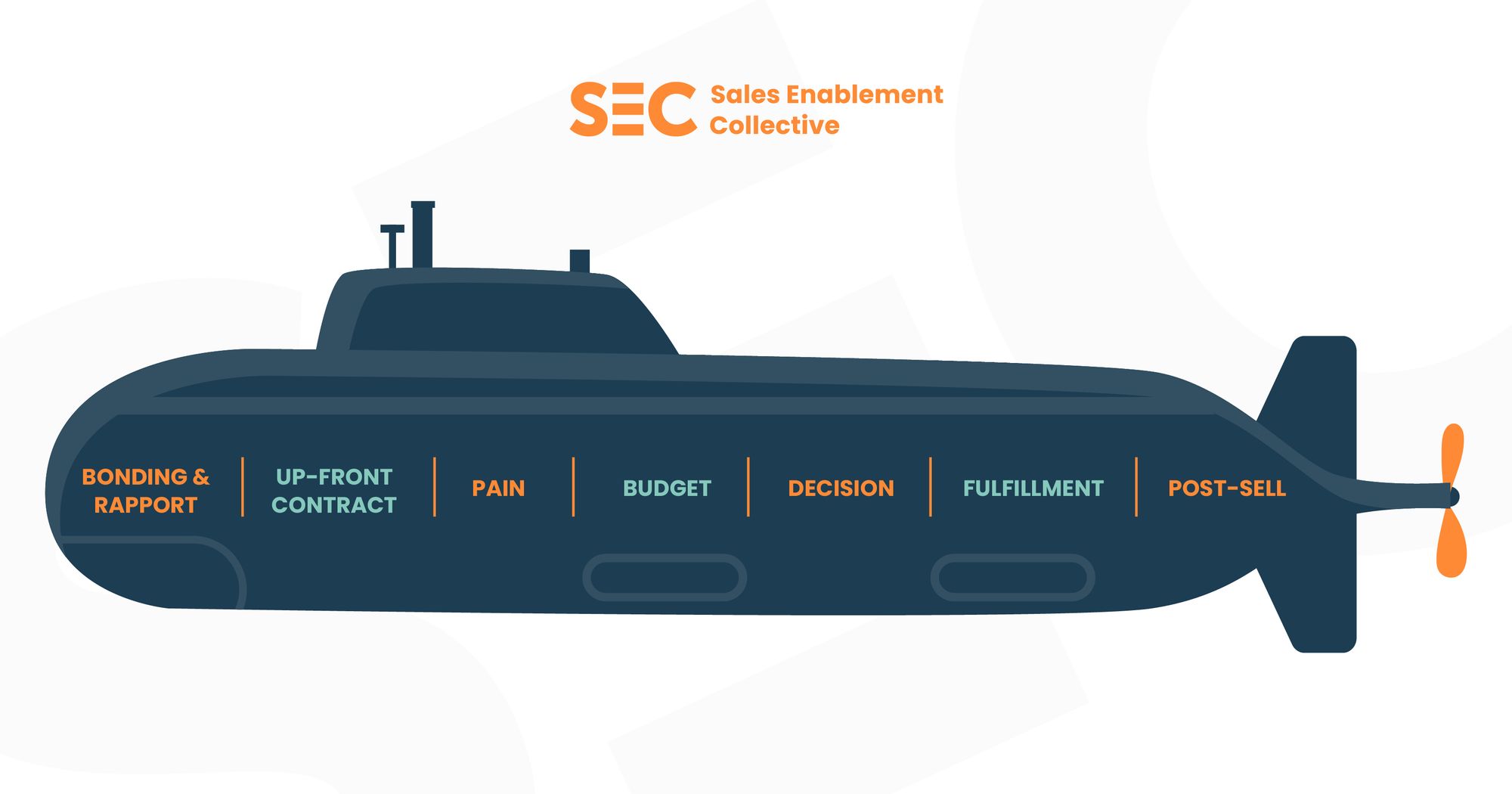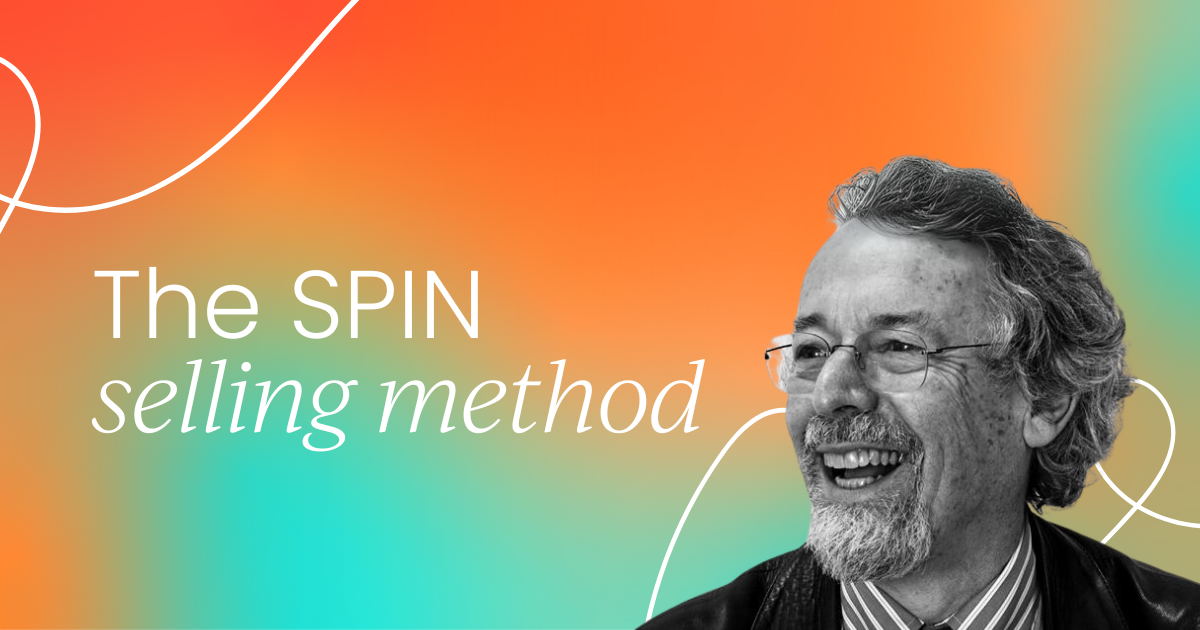As part of our series on sales methodology, we’re looking at one of the oldest around: the Sandler sales methodology, also known as the Sandler selling system.
David Sandler devised this methodology in 1967 to encourage sales professionals to take a consultative approach to the sales process - as opposed to sales reps just trying to sell as much as possible.
Sandler sales training has been helping reps reach their quotas ever since.
Much like the MEDDIC sales methodology, the Sandler selling system aims to make qualifying a lead as structured and straightforward as possible for a salesperson.
Before we dive into the ins and outs of Sandler’s submarine (more on that later!), let’s have a quick refresher at what qualification is, and how it helps sales teams.
Here’s a rundown of what we’ll be covering in this article:
- Why is lead qualification important?
- What is the Sandler submarine?
- What are the Sandler sales methodology stages?
- What is Sandler’s pain funnel?
Let’s get right into it.👇
Why does lead qualification matter?
In sales a potential customer is referred to as a lead, and qualifying a lead refers to the process in which a sales rep discerns whether a lead is good or bad.
- A qualified, “good” lead is one worth pursuing at this moment in time…
- While an unqualified, “bad” lead shouldn’t be chased right now.
A qualified lead is one who is a good fit for your product or service and is in the right situation to buy - you can solve problems they’re facing, they have the budget for it, and so on.
Sales teams can only speak to a certain number of prospective customers in a day, so it’s crucial that they’re spending their time on the phone with qualified leads that have a high chance of converting into fully-fledged customers.
If salespeople are spending too much time on sales calls with leads who ultimately are unlikely to buy, they’re wasting their time.
That’s why lead qualification is so important - it’s about understanding the lead, their needs, and their situation during the ‘discovery’ call so that you can discover if they have the potential to benefit from your solution.
That’s where methodologies like the Sandler sales process come in. They give sales reps a structured approach to the sales cycle that they can follow every time.
There’s more to qualifying than just what methodology you use (such as cataloging data in your CRM), but methodologies do play a major role - so it’s important to have the right one for you.

The Sandler sales methodology
So, bearing the importance of qualification in mind, let’s turn our focus to the Sandler selling system.
It puts particular emphasis on qualifying leads and acting in a consultative manner. Rather than the “traditional sales” approach of being pushy on a sales call and just delivering your pitch, it sets some ground rules for engaging with prospects on sales calls in a way that benefits them too.
The ultimate goal of the Sandler sales method is to become a trusted advisor to customers who truly need and will benefit from your solution, rather than flogging it to anyone who’ll listen.
That means undergoing a serious qualification process and discovery process in order to understand the lead’s situation and circumstances.
Follow the Sandler system’s seven stages step-by-step and you’ll be on your way to a successful sale - knowing your new client will genuinely benefit from the product or service you just sold to them.
That means a happy customer and potential cross-sell opportunities as a result too.
But what actually are those seven stages? And what does a submarine have to do with anything?

The Sandler submarine
David Sandler originally chose to describe his sales methodology with an analogy comparing it to a submarine.
When a submarine floods, the crew moves from one compartment to another, closing each door behind them. They can’t go back and open a previous compartment’s door, otherwise the flooding will spread.
Sandler saw his sales system as working similarly. You move from one stage of the sales process to the next, and have to ‘secure’ one stage before moving to the next.
If you don’t, you risk ‘sinking’ the sale just as the crew risked sinking the submarine.
In essence, the sentiment that he was trying to express is that while using the Sandler methodology, a salesperson has to stick to the plan, ask the right questions, complete each stage in a structured fashion, or risk ruining the deal.

What are the Sandler selling system stages?
With the submarine in the room addressed, let’s move on to the stages of this selling methodology and what each entails.
Remember, the system is based on working your way through each of these stages methodically by asking questions the Sandler way, and (hopefully) allowing you to close deals more effectively.
Bonding and rapport
First off, you’re relationship building with the prospect. Encourage open, honest communication between you and the prospect and try to present yourself as more than just “the salesperson who cold-called me”.
Establish a human connection and be personable right from the start.
Up-front contract
This step involves establishing roles and setting expectations between you and the prospect. While that sounds vague and maybe a bit complicated, in reality it’s quite simple.
It involves following up on that open, honest communication from the previous step to ensure that you and the prospect know exactly what will happen during your meeting, what will be discussed, and how long it will take.
This helps to avoid situations where you and the prospect are prepared for totally different things heading into a conversation.
This step puts you and the prospect on the same page and, along with the previous step, helps create mutual trust.
Pain
Once the relationship has been established, it becomes time to uncover and identify the prospect’s pain points.
This is when you start qualifying the lead - you’re discovering the frustrations, difficulties, and problems the prospect faces on a day-to-day basis and you begin to understand how your product or service can help alleviate that pain.
Reps going through the selling process can sometimes struggle to get past the basic, obvious questions even though second-level (and deeper) questions reveal a lot more about the lead’s organization and whether your product is a fit for them.
Deeper questions include:
- “How long has this been a problem?”
- “How have you tried to solve this problem?”
Sandler’s pain funnel is a key component of this methodology and helps sales reps dive deeper into a lead’s pain by guiding them on the types of questions they ask.
We’ll go into more detail on the pain funnel later on.
This step is critical: find the pain, find how you alleviate it, and you’ll be one big step closer to closing the deal.

Budget
Next up is budget. This is where you discover whether the lead’s organization can actually afford the solution you’re selling.
You might be able to solve every problem the prospect is facing, but if your solution costs double their budget, there’s no point in pressing and trying to sell it to them.
Rather than do all the hard work of discovery and asking about budget at the end, the Sandler sales model has you ask about the lead’s budget relatively early on.
This saves you the heartbreak of putting lots of work into qualifying a lead and discovering that they can’t actually afford your product or service.
Additionally, here you’ll be able to find out if the lead’s organization is prepared to invest not just money, but time and other resources into solving the pain points they’re facing.
Decision-making process
In this step you’ll find out who the decision-makers are, in addition to details on the prospect’s entire buying process.
Here’s a quick list of things to consider at this point of the sales strategy:
- Who makes the decisions regarding purchases?
- How many people are involved in the prospect’s buying process?
- How long does the decision-making process take?
- How does the prospect expect the process to go?
If you cover these bases, you can anticipate any steps in the prospect’s process that could complicate the deal.
You’ll also discover whether you’re in communication with all the relevant people in the lead’s organization as well.

Fulfillment
Now we move towards the tail end of the process, with the fulfillment stage. It’s easy to get excited because you can almost smell the deal about to close, but you need to stay focused and remember the submarine analogy.
In this stage, you propose your solution to the lead’s problem, and highlight that it’s within budget and consistent with the decision-making process that you discerned earlier.
Tailoring your exact approach might be necessary here, in order to meet the prospect’s specific needs.
Use everything you’ve learned in the previous stages to make the proposal as appealing as possible while still remaining as a trusted advisor (and not pushy salesperson).
To state it simply, this stage is about giving the lead a solution to their problem that fulfills their requests on budget and decision process.
Post-sell
If you’ve made it this far, then you’ve sealed the deal - well done! But it’s not over yet.
In the post-sell stage, you discuss the next steps between you and the prospect’s organization and how your new partnership will develop.
You should consider how the onboarding process will go, what training programs can be provided, whether there are any cross-sell opportunities, how you’ll follow-up with the prospect, and more.
These steps ensure a smooth transition for the prospect and help prevent buyer’s remorse.
The last thing you want is to seal a deal, but have your new customer confused, not utilizing the product or service properly, and leaving to a competitor.

Sandler in summary
There you have it, the seven stages to the famous Sandler sales methodology. To recap, it involves doing your due diligence during qualification and identifying leads who are good fits for your product or service.
It’s not about pushing your pitch onto anyone who’ll listen, but instead acting in a consultative, advisory fashion in order to guide the prospect towards your solution.
Guiding your prospect is done by following the seven ‘Sandler submarine’ stages, as follows:
- Establish bonding and rapport, with open and honest communication
- Create an up-front contract and set expectations with your prospect appropriately
- Identify the prospect’s pain points and understand how you can help
- Discover the prospect’s budget and whether they can afford your solution
- Learn about the decision-making process in the prospect’s organization
- Propose a solution to the prospect’s problems that fulfills their requirements
- Establish next steps and how you’ll support the new customer post-sell
It might be an old methodology, but it definitely stands the test of time.
The Sandler pain funnel
But what about the pain funnel we mentioned earlier? As we said, it’s a key component of the Sandler methodology and it’s designed to help sales reps during the pain stage of the process.
The pain funnel helps reps go beyond surface-level questions about the lead’s pain, and guides them down a path of second- and third-level questions that provide much more valuable information to the rep.
Once your surface-level question has revealed a pain point, or something that could be a pain point, you can start using the pain funnel to direct your next questions.
Here’s the pain funnel sequence - the further down you go, the more you discover:
- “Tell me more about that?”
- “Can you be a little more specific?”
- “How long has that been an issue?”
- “What have you tried to do to solve it?”
- “Did that work?”
- “How much do you think that has cost you?”
- “How do you feel about that?”
- “Have you given up on solving the issue?”
As you can see, these types of questions will undoubtedly give you more insight into the prospect’s situation.
Use the funnel as a template, because you’ll need to tailor your line of questioning depending on the circumstances - but you can always follow the pain funnel sequence.
Wrapping up
And there you have it - SEC’s in-depth guide to the Sandler sales methodology.
The system has been in use for a long time and with good reason. It helps sales reps close more deals and hit their quotas more frequently because it’s all about matching the right prospect with the right product.
If you’re researching sales methodologies, take a look at our guides to the Miller Heiman and MEDDIC methodologies too. If the Sandler selling system isn’t right for you, then maybe one of those is.

Join 4,000+ of your sales enablement peers in our dedicated Slack community. Network, idea-share, and more today!
And don't forget to follow us on LinkedIn for all the updates.


Sales enablement insider
Thank you for subscribing
Level up your sales enablement career & network with sales enablement experts
An email has been successfully sent to confirm your subscription.
 Follow us on LinkedIn
Follow us on LinkedIn






